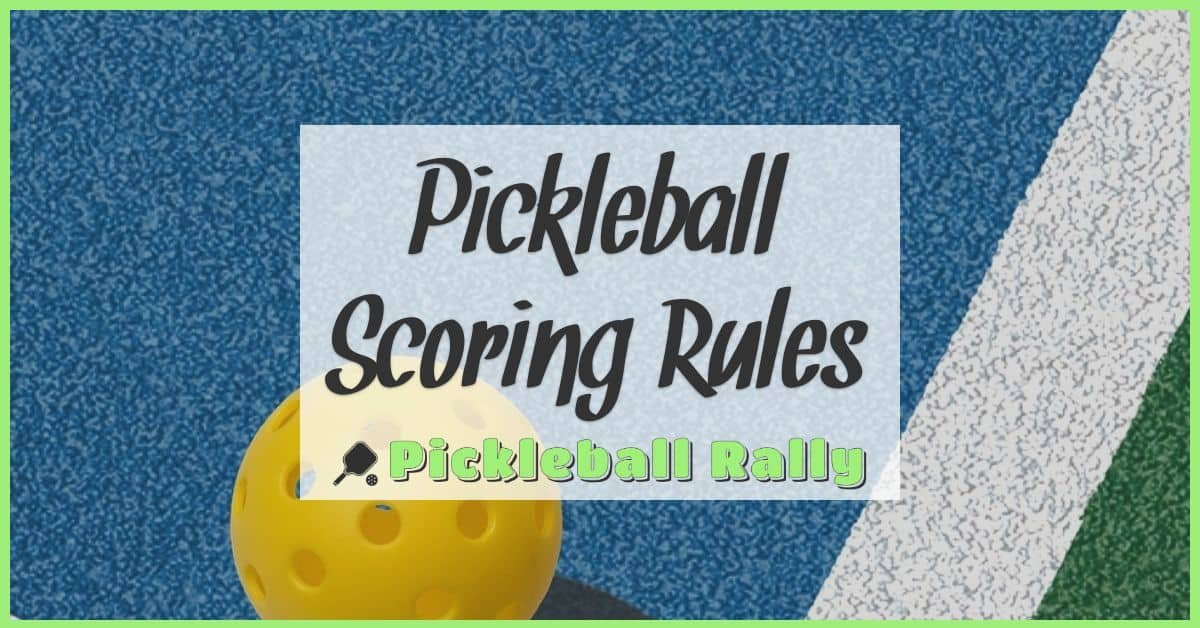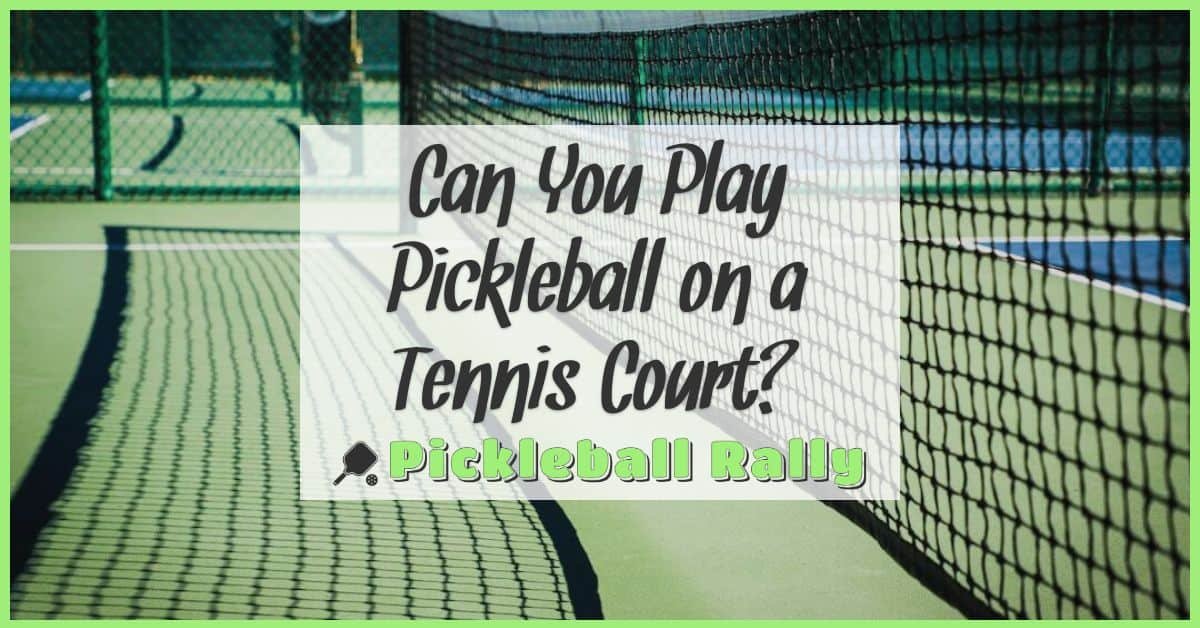Pickleball has taken the sports world by storm, quickly becoming one of the fastest-growing games out there. Whether we’re playing in our local parks or watching high-energy tournaments online, it’s clear that this sport is more than just a passing trend. The excitement and community around pickleball keep growing every day.
As the game gains popularity, we’re starting to see big changes in how competitions are organized and played. From new formats to advanced technology, the future of pickleball competitions promises to be even more thrilling and accessible. Let’s explore what lies ahead for this dynamic sport and how it might shape the way we play and watch pickleball in the years to come.
The Growing Popularity of Pickleball
Pickleball’s growth shows no signs of slowing down. Our community keeps expanding as more players discover the sport’s fast-paced fun and strategic depth.
Current Trends in Pickleball Participation
Participation numbers continue to climb each year, with USA Pickleball reporting over 4 million players nationwide as of 2023. Courts pop up in parks, recreation centers, and even retirement communities. Many local clubs offer beginner clinics and leagues, helping new players build skills quickly. Online platforms host virtual tournaments, connecting enthusiasts beyond geographic boundaries. The mix of competitive play and social engagement attracts players across skill levels. We see players prioritizing technique improvement alongside match experience to develop their game.
Demographic Shifts and Expanding Audiences
Pickleball appeals to a broad and diverse group. While it’s popular among adults 50 and older, younger players in their 20s and 30s join in growing numbers. Families also take part, making it a multigenerational activity. The demographic expansion influences how competitions structure categories and formats, often including youth divisions and mixed-age teams. Increased media coverage and social media content showcase diverse players, making the sport more inclusive. This growing diversity boosts the game’s energy and drives innovations in training and competition design.
Innovations Driving Pickleball Competitions
Pickleball competitions evolve fast, bringing fresh energy and opportunities for every player. We track key innovations shaping how tournaments unfold and how we train to excel.
Technology Integration in Tournaments
Technology reshapes tournaments by improving fairness and engagement. Electronic line-calling systems reduce human error, ensuring every call is accurate for players of all levels. Real-time scoring apps keep participants and fans connected, providing instant updates and stats. Video replay tools allow players to review matches, sharpening strategy and skills. Additionally, wearable devices track player movement and health metrics during play, helping us understand performance and prevent injuries. As technology advances, tournaments become more transparent and interactive, benefiting players and audiences alike.
New Formats and Rules Enhancing Play
Competition formats adapt to keep the game exciting and inclusive. Fast-paced formats like timed matches and sprint scoring shorten games, making play more dynamic and accessible. Mixed-age and skill-level team events encourage broader participation, reflecting the sport’s diverse community. Rule innovations, such as allowance for doubles communication or adjusted court zones, foster strategic depth without complicating the game. These changes support skill development and keep matches engaging for competitors and spectators. By embracing new formats and rules, competitions offer varied challenges that promote growth and enjoyment in pickleball.
The Role of Professional Leagues
Professional leagues play a crucial role in shaping the future of pickleball competitions. They create platforms where skill, strategy, and sportsmanship come together to elevate the game’s profile and inspire players at all levels.
Emerging Pickleball Leagues and Their Impact
New pickleball leagues are forming nationwide, each contributing to the sport’s growth and competitive intensity. Organizations like the Professional Pickleball Association (PPA) and Major League Pickleball (MLP) organize regular tournaments that attract elite players and passionate fans. These leagues introduce higher stakes and standardize rules, helping players understand what’s required to compete at top levels. They also offer pathways for amateurs to progress, encouraging dedication to training and continuous improvement. Their events often feature innovative formats, such as team-based competitions and mixed doubles, which make matches more dynamic and engaging.
Sponsorship and Media Coverage Growth
Sponsorship and media coverage have expanded remarkably alongside professional leagues. Major brands now sponsor tournaments and athletes, providing resources that improve prize pools, training facilities, and overall event quality. Increased media attention on platforms like ESPN, YouTube, and Twitch broadcasts matches to a broader audience, building a fan base that supports players and leagues alike. This exposure not only motivates us as players but also creates new opportunities for coaching, clinics, and learning resources. Enhanced media coverage brings our sport into the spotlight, proving pickleball’s appeal goes beyond recreation to a serious, competitive discipline.
Challenges Facing Pickleball Competitions
Pickleball competitions continue to grow rapidly but face challenges that impact players, organizers, and fans. Addressing these issues improves overall experience and helps the sport reach its full potential.
Maintaining Fair Play and Sportsmanship
Keeping fair play a priority demands consistent enforcement of rules and etiquette. We rely on accurate line calls and honest scorekeeping. Technology like electronic line-calling and instant replay aids referees but depends on proper implementation. Players must respect opponents and officials to uphold sportsmanship, especially as competition intensity rises. Ensuring that beginners and pros alike follow shared codes of conduct supports a positive atmosphere that encourages growth and learning.
Infrastructure and Venue Limitations
Court availability limits tournament size and scheduling options. We often face long wait times for court bookings, especially in popular areas. Many venues lack enough dedicated pickleball courts, or they share spaces with other sports. This creates conflicts and less practice time between rounds. Developing more indoor and outdoor courts designed specifically for pickleball, with proper lighting and seating for spectators, is essential. Organizers must coordinate efficiently to maximize existing spaces while advocating for expanded facilities to keep pace with rising player numbers.
Predictions for The Future of Pickleball Competitions
Pickleball competitions are evolving rapidly, and the future promises even greater growth and innovation. These changes will expand access and increase the sport’s global presence, providing fresh opportunities for players at every skill level.
Global Expansion and Increased Accessibility
Players worldwide will join the pickleball movement as more countries establish official associations and tournaments. Courts are emerging in Europe, Asia, and Latin America, allowing communities to engage with the sport locally and competitively. Equipment manufacturers also produce affordable, quality gear to accommodate players everywhere, boosting accessibility. We see rising youth programs and adaptive pickleball leagues that welcome players of different ages and abilities, breaking down barriers to entry. As virtual coaching and live-streamed events gain traction, training and competition access will no longer depend on location, helping us all improve and connect globally.
Potential for Olympic Inclusion
The International Olympic Committee (IOC) is reviewing pickleball’s global growth and standardized rules as criteria for Olympic consideration. With millions playing across multiple continents, the sport meets key benchmarks for diversity and participation. Professional leagues are refining tournament formats, ensuring consistent officiating and exciting match play—elements the IOC values highly. If included in future Olympic Games, pickleball will gain new legitimacy and attract sponsorship, funding, and media coverage, fostering advanced training and higher competition levels. We anticipate Olympic inclusion will inspire emerging players worldwide and solidify pickleball’s place among mainstream competitive sports.
Conclusion
The future of pickleball competitions is bright and full of exciting possibilities. As the sport grows, we’ll see even more innovation, inclusivity, and global participation shaping how we play and watch the game.
With technology enhancing fairness and engagement, and professional leagues raising the level of competition, pickleball is truly becoming a sport for everyone. We’re looking forward to being part of this dynamic journey as pickleball continues to bring people together and break new ground.









